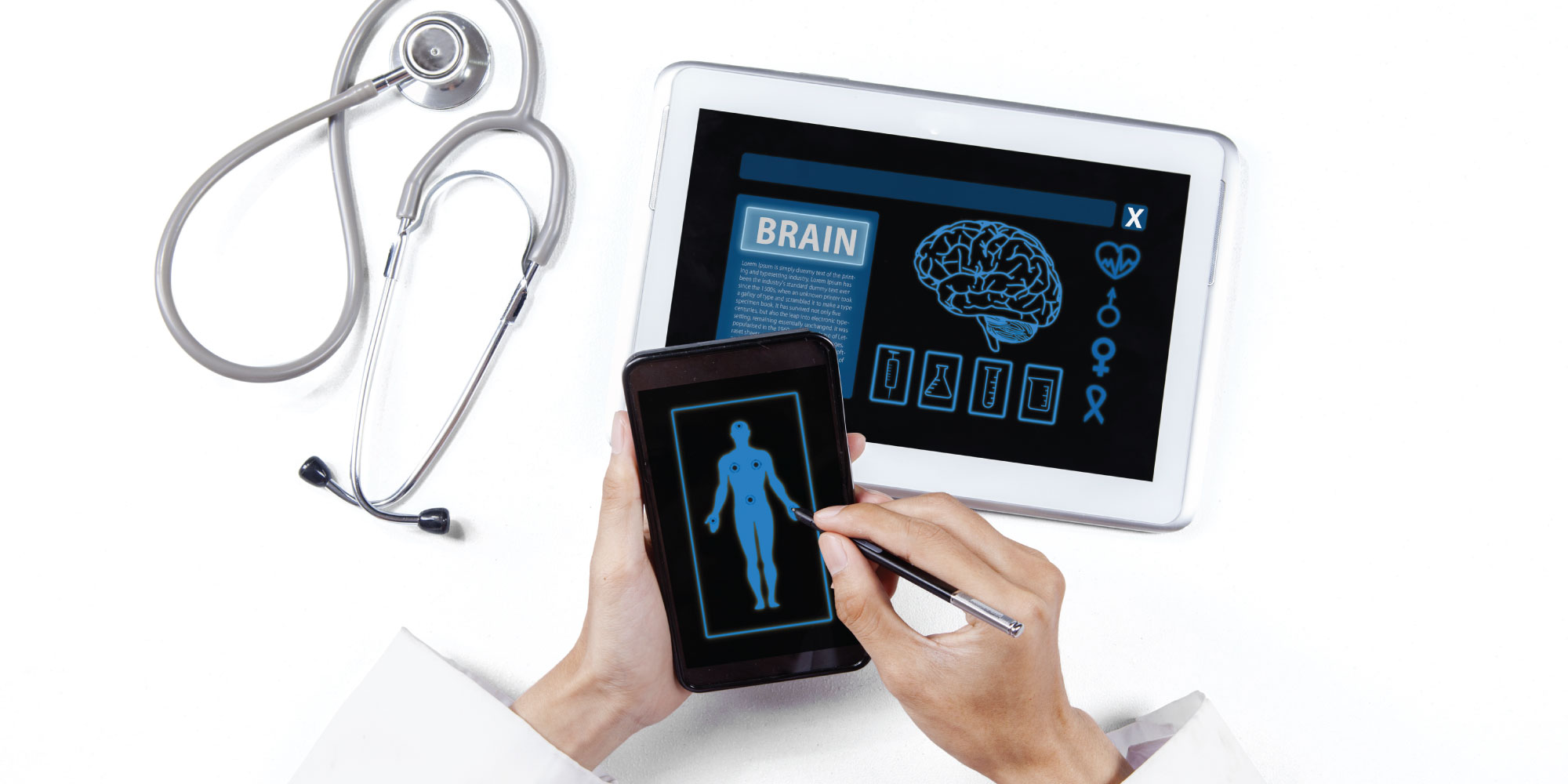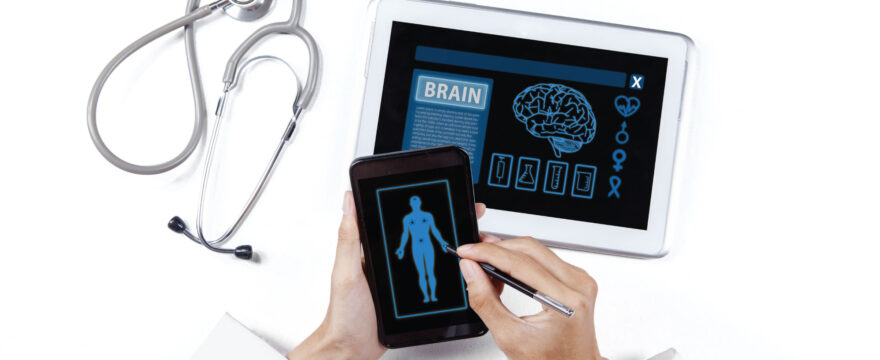
Technology has progressed at an incredibly fast rate for the last several decades and brought with it innovations in almost every industry. From consumer electronics to factory production, ease and efficiency have been increased for countless jobs and individuals around the world. Nowhere is technological progress more important or apparent than in the healthcare industry, however, where advances in medical and communication technology have helped to revolutionize patient care and improve the chances of recovery and treatment for millions of individuals every day.
While advances in healthcare technology may not seem as visible as in some other fields, there have definitely been significant improvements to almost all aspects of medical care due to technology. It’s vitally important that hospitals continue to update their technology and improve patient experience, as hospitals that fail to do so can fall behind on quality of medical care and place patients at risk. Whether you’re simply interested in medical technology or you are a medical practitioner, here are five ways technology is making healthcare better.
Smart Hospital Rooms
The buzzword “smart” gets thrown around a lot when it comes to consumer products nowadays. From smartphones to smart locks to smart cars, almost everything seems to be adopting the moniker “smart.” What makes “smart” products smart can vary drastically, from simply being able to connect to your phone to being able to make autonomous predictions in order to better the user experience. Smart hospital rooms are starting to make a larger presence in patients’ room designs, by digitizing and streamlining many of the functions a hospital room has to have into a more user-friendly interface through the use of technology
Many hospitals are integrating things like temperature control, light switches, bed angling, and other room functions into a single remote that also operates the television. By making hospital room functions more easily accessible to patients, not only is staying at the hospital more comfortable and convenient, but it also reduces the chance of patients injuring themselves by getting up to perform tasks. Smart technology helps make hospital rooms easier to stay in and improves patient care in the process.
Electronic Health Records
Another important way that technology is improving the quality of care patients receive at hospitals is the advent of the Electronic Health Records (EHRs) system. Traditionally, patient records were kept as paper files in a hospital storage room. These records, which held extremely important patient history and healthcare information, could only be transported between hospitals physically, or later on through fax machines. The invention of electronic health records has allowed hospitals to communicate between each other much more quickly and easily, ensuring that medical practitioners have the most up-to-date patient information, even if they’re examining a first-time patient.
Remote Monitoring
Technology has also made monitoring patients much more convenient for both medical staff and patients. Traditionally, patients with chronic conditions (such as heart disease, for instance) had to be kept for observation at a hospital for days or weeks after an operation or dangerous flare-up. This was generally fairly expensive and time-consuming for hospital workers and patients alike. The creation of remote monitoring tools, such as pacemakers and digital blood pressure monitors, allows patients to return to their day-to-day lives while a device transmits data to a healthcare worker in real-time.
Wearables
In addition to remote monitoring tools, consumer-level wearables have also helped to improve healthcare among mainstream audiences. Smartwatches and fitness trackers — such as those made by Fitbit, Samsung, and other companies — help monitor key health statistics like heart rate and oxygen intake, as well as track calories and water consumption. The devices encourage healthy living and exercise and can provide early warning signs of an underlying health problem before a person would ordinarily realize it. In turn, it allows them to seek medical attention before health problems worsen.
Genome Sequencing
Finally, one of the most significant medical technology advances today actually started in 1990 and was finally completed in the year 2003. An international, collaborative effort between scientists across the globe, the Human Genome Project (HGP) was the first time the entire human genetic sequence was successfully mapped. This finally allowed healthcare workers a genuine understanding of how human genetics worked, dramatically improving their understanding of this complex system.
The results of the HGP were able to ultimately reveal the extent of human genetics, indicating the presence of some 20,500 genes in a human being. Since then, countless developments in immunology and genetic research have contributed to healthcare treatments. Today, genetic tests on babies in the womb can reveal potential illnesses and health risks before the child is even born, and personal genome sequencing allows doctors to test for illnesses that would otherwise be impossible to discover.
The Future of Healthcare, Today
Whether you’re a patient, healthcare worker, or simply a tech enthusiast, there is no doubt that these exciting new innovations in medical technology bode incredible things for the future of humankind and medicine alike. As more innovations and technological solutions are created for the field of medicine in the future, the quality of care can continue to increase — and only time will tell how much further medical technology can take the future of humanity and patient care.
